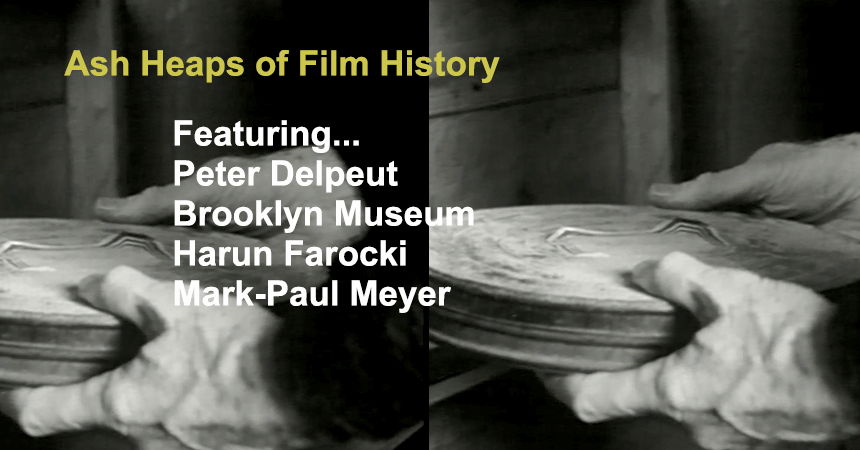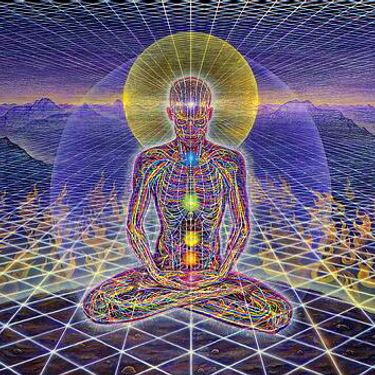PETER DELPEUT AND THE ASH HEAPS OF FILM HISTORY

This program celebrates the recent efforts made by Brooklyn Museum to preserve its audiovisual collection. Featured here are two newly digitized works, including a 1937 nitrate film shot on the streets of Brooklyn and a 1962 film on art conservation. While the keeping of juridical paper archives has been instinctive to societies for millennia, the preservation of film languished for much of its early history. It was not until cinema’s legitimization as an art form and the founding of institutions like the British Film Institute, Museum of Modern Art, and Cinémathèque française that this blight in our culture and history began to be amended.
However, film also occupies a place outside of artistic canons. Peter Delpeut, along with computer artist Hoos Blotkamp and filmmaker Eric De Kuyper, created a new collection policy in the 1990s during their tenures at the Nederlands Filmmuseum. Their endeavor coincided with film historiography’s growing concern for endangered films and led to the creation of the “Bits & Pieces” collection. This collection comprises fragmented films that are neither eminently related to auteurs nor formal artistic movements. As a director, Delpeut made his name as a found footage filmmaker who appropriated such fragments. He represents something of a progenitor to artists like Gustav Deutsch and Bill Morrison, with his film Lyrical Nitrate preceding the latter’s Decasia by a decade. For Delpeut, the derogatory idiom which describes history as an “ash heap” or a “dustbin” rings untrue. He has described his work from within the archive as the most emotional period in his film-related life. It is this emotion which he shares with his audiences by wresting images of surprising beauty and pathos from their obscurity and neglect.
This program of three screenings featuring the films of Brooklyn Museum, Peter Delpeut, Harun Farocki, and Mark-Paul Meyer honors art conservators and archivists. Prelude short films demonstrating conservation techniques like vacuum hot tables and wet-transfers are at once educational and beautiful. The craquelure of oil paintings and the decomposition of film which these technical interventions intend to remedy introduce a sense of biological infirmity to the cultural heritage which we often presume to be immutable and everlasting. The feature length films of this program explicitly address art and build on the related motifs of transience and materiality in different ways, ranging from Delpeut’s lyrical lamentations to Farocki’s capitalist critique.
We would like to thank Video Data Bank and Eye Filmmusuem as generous contributors to this program.

